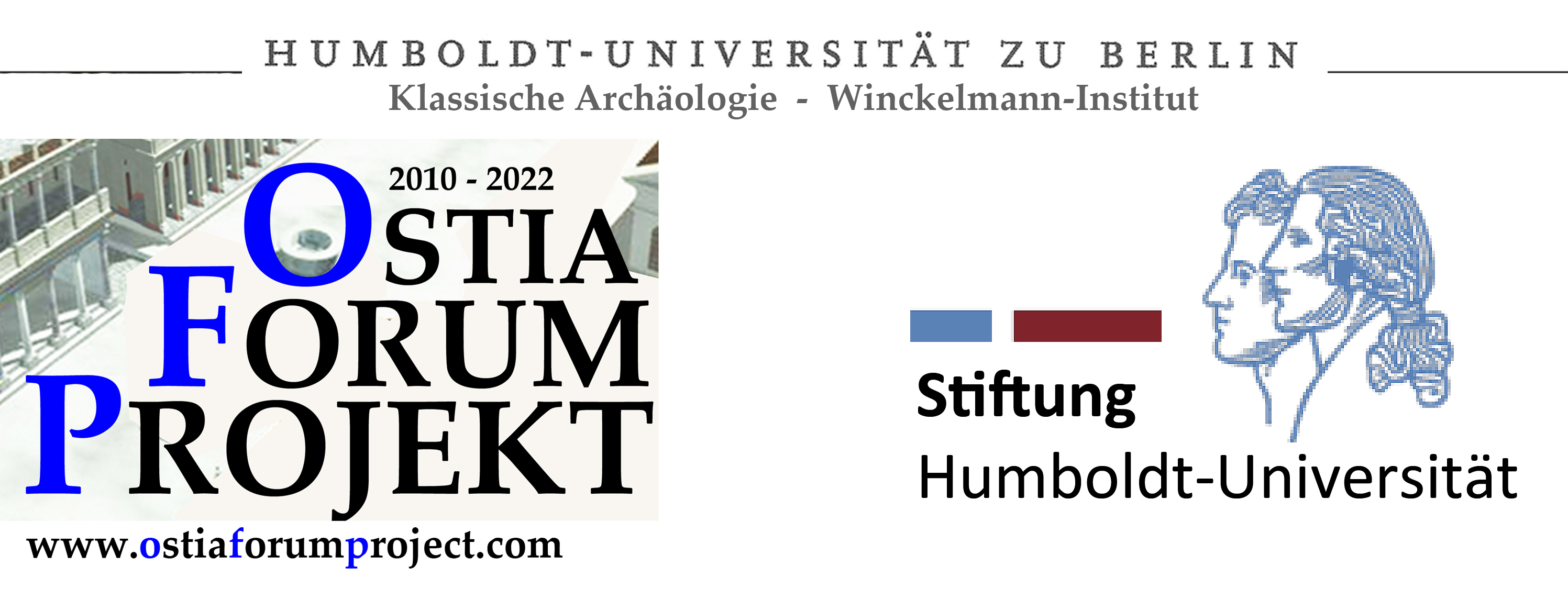Dear all.
The reason we haven’t yet added any menu called “Campaign 2017” with sub-chapters of different subjects, is because the campaign of 2017 contained so many interesting finds and observations that it have taken some time to comprehend it all. We have and are therefore working on the meaning of it, before we can narrow it down to understandable sentences in a chapter on this website. We know that the last chapter of 2016 ends with “upcoming chapters”, but we are still working on these.
The campaigns of 2016 and 2017 were conducted in the same 5 X 5 metres trench involving a large marble deposit preserved on top, and we may therefore combine both years in the same chapters, menus and interpretations. Thus, we are now working with two years of campaigns from the exact same area, where the campaign of 2017 stratigraphically was deeper. Hence, we can now combine the finds of 2016 with the discoveries of 2017, which provides us and you with a more coherent picture and story of the room and the forum of Ostia in generel.
This post has just been made to clarify the above mentioned, and to inform you that this website is still very much up to date, and we are very much active in the pursuit of the history of the Ostian Forum.
